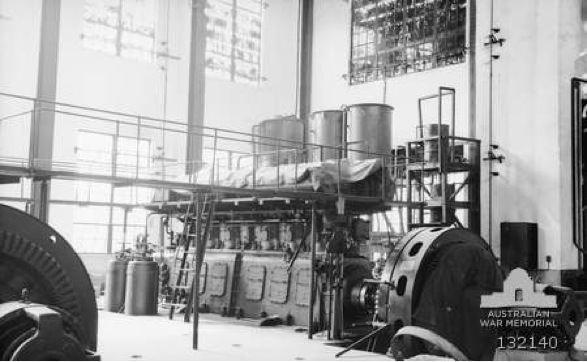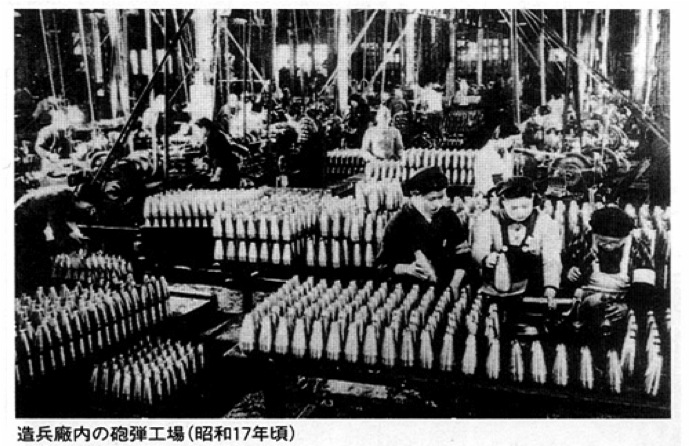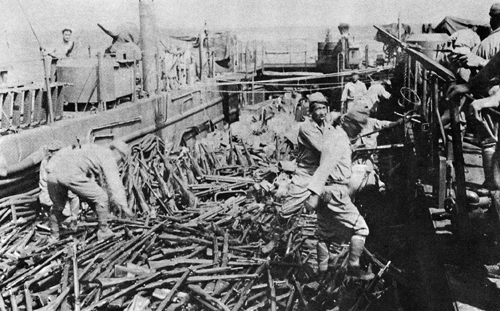Chemical Warfare Development
Okunoshima
In 1925, the Imperial Japanese Army's Institute of Science and Technology initiated a program to develop chemical weapons, modeled after similar programs in the United States and Europe. By 1929, Japan had secretly opened a production facility for its chemical weapons on Okunoshima Island in the Hiroshima Prefecture of Japan. Okunoshima was erased from Japanese maps in order to ensure secrecy, and local residents were warned to stay quiet about activities there. Over the 16-year period of operation, the facility had around 6,500 workers and produced just over 6,000 tons of gas, including mustard gas, lewisite, nerve gas, phosgene, hydrogen cyanide, diphenylchlorarsine, cholroacetophenone, trichloroarsine, and teargas.

at Okunoshima Island
Use and Development of Chemical Weapons during WWII
Starting in 1931, most of this gas went to China, where it was used against opposition forces and civilians during Japan's Imperial conquests. This directly violated the 1925 Geneva Convention, which although didn't outlaw the development of chemical weapons, prohibited their use in warfare. What's more, Japan continued its chemical warfare development in occupied China with the establishment of Unit 516 in Qiqihar. There, poisons developed in Okunoshima were tested and perfected as chemical weapons, and then used in between 889 and 2,900 battles in China. Chemical warfare development was also taken up at other sites through occupied China, including at Pingfang, and chemical weapons were tested on animal and human subjects.

Disposal of Chemical Weapons in China
Towards the end of the war, the Japanese Imperial Army attempted to discard the chemical weapons by burying them in remote regions and dumping them into the sea. The largest dump exists in Ha Ebaling, Dunhua City of Jilin Province, where more than half a million artillery and mortar shells, smoke canisters, and huge drums of chemicals still pollute the ground. Other dumpsites have been discovered since the end of the War. Even as late as February, 2000, a road construction team discovered around 2,000 chemical weapons canisters buried atop the Yellow Beard Mountain in Nanjing.
In 1997, the Organization for the Prohibition of Chemical Weapons (OPCW) conferred upon Japan the obligation to remove its chemical weapons from China within 10 years. The OPCW reaffirmed this responsibility in 2000, but Japan did not take action until 2005, when it built a factory in China to dispose of its chemical weapons. Needless to say, it did not fulfill its obligation by the 2007 deadline, and an estimated 2 million unaccounted for chemical weapons are still scattered throughout China, continuing to injure civilians and pollute the environment.

